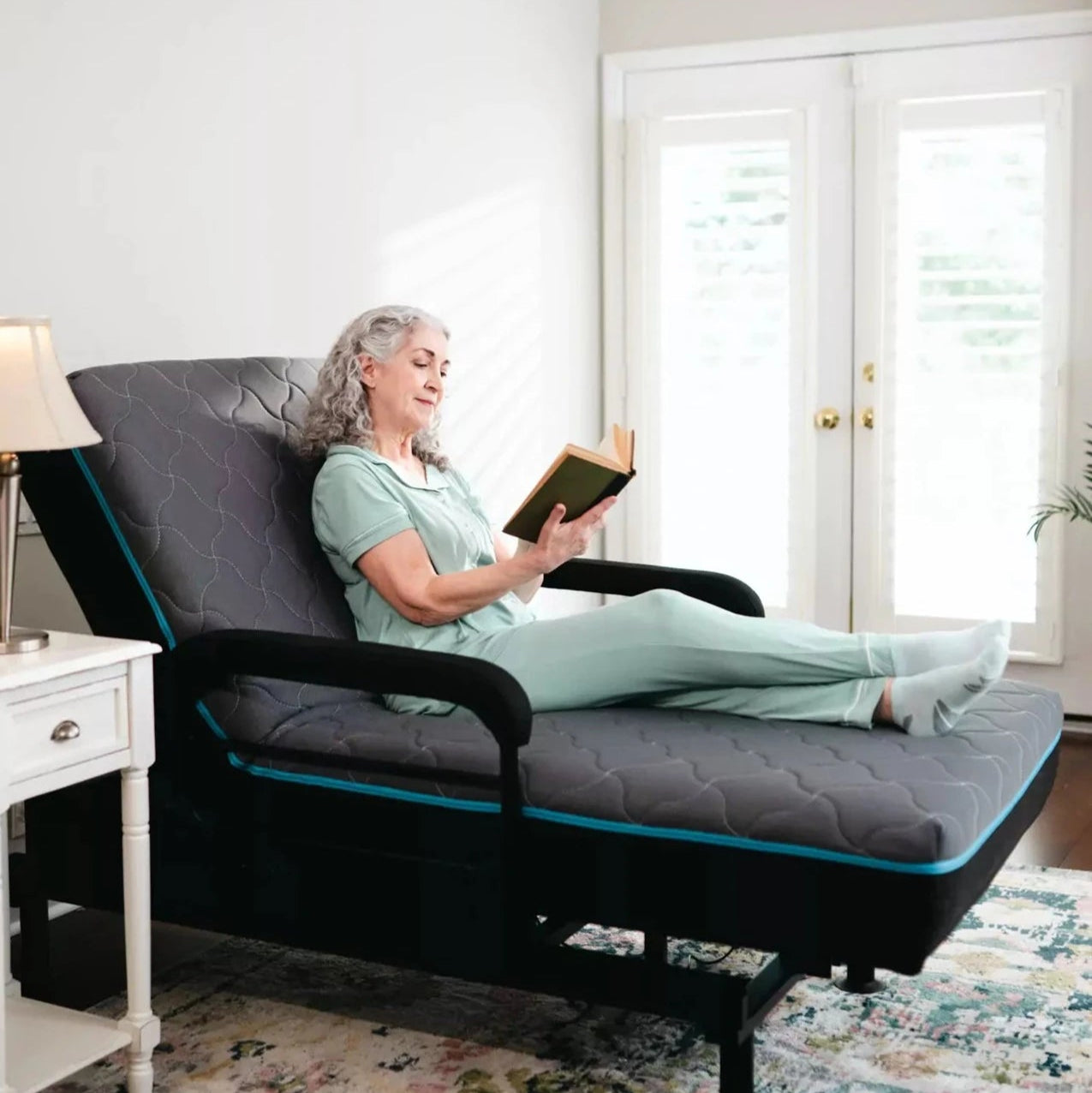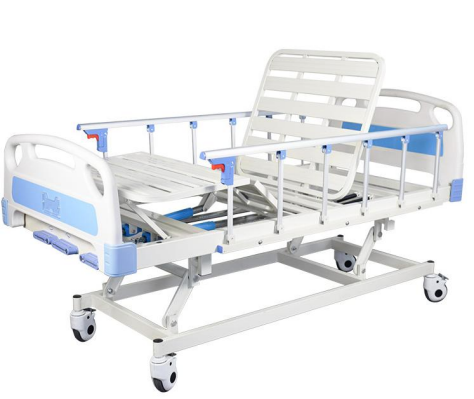Some Ideas on Hospital Beds For Home Use You Need To Know
Some Ideas on Hospital Beds For Home Use You Need To Know
Blog Article
Hospital Beds For Home Use Fundamentals Explained
Table of ContentsThe Hospital Beds For Home Use IdeasThe 5-Second Trick For Hospital Beds For Home UseSome Of Hospital Beds For Home Use8 Easy Facts About Hospital Beds For Home Use ExplainedSome Known Factual Statements About Hospital Beds For Home Use 4 Easy Facts About Hospital Beds For Home Use ExplainedWhat Does Hospital Beds For Home Use Mean?
There are three primary kinds of health center beds: manual, semi-electric, and fully-electric. These beds use hand cranks to change the bed's height and increase and reduce the head and the foot.
Semi-electric beds have an electric motor to raise and lower the head and foot portions of the bed. Patients and caregivers adjust the placing by pushing switches utilizing a hand pendant. The height of the bed is adjusted by hand with a hand crank. Full-electric beds have an electrical motor that can elevate the head and foot sections of the bed in addition to the entire elevation and positioning of the bed.
8 Simple Techniques For Hospital Beds For Home Use
Some models can additionally move into even more placements, such as the Trendelenburg (tilt) placement. There are a number of sorts of health center beds, each created to meet certain person requirements. Here are some typical kinds: This is the most usual kind of health center bed, developed for basic medical usage. It has a guidebook or electrically adjustable headrest, foot rest, and height.
Lower to the ground than a basic bed. This kind of bed is designed for larger clients, with a wider framework and higher weight capacity than a typical bed.
This kind of bed is designed for critically unwell patients who need open surveillance and specialized clinical tools such as ventilators and mixture pumps. This kind of bed is designed for usage throughout labor and distribution, with flexible placements and functions to sustain the mom and infant during the birth process.
The 3-Minute Rule for Hospital Beds For Home Use
Several function and the devices carry out expanding grip to different parts of the vertebra and the extremities without relocating the human body. These are just a couple of examples of the kinds of healthcare facility beds offered. The specific kind of bed utilized will rely on the client's problem, medical needs, and various other elements.
Below is the important things you require to understand. A one-function hospital bed is a clinical bed that allows a person to move just the head or foot section up or down. A 2 feature hospital bed typically describes a kind of clinical bed that has 2 adjustable features to help individuals in healthcare facilities or care facilities.

9 Simple Techniques For Hospital Beds For Home Use
A 7-function ICU bed is a kind of clinical bed that gives several flexible features to sustain seriously unwell people in a critical care unit (ICU) (hospital beds for home use). The 7 features normally consist of: Back-rest modification: The backrest can be changed to different angles to help the client stay up or lie down comfortably
Elevation change: The bed can be elevated or lowered to make it much easier for individuals to obtain in and out of bed, and for caretakers to supply treatment. Trendelenburg placement: The whole bed can be tilted to promote blood circulation and blood circulation in the body. Reverse Trendelenburg placement: The bed can likewise be tilted in the opposite instructions to promote blood circulation and circulation in the top body.
While more cost effective than electric models, these beds call for exertion for adjustments. The major benefits of manual beds are their price and dependability, as they don't count on electrical energy. The requirement for manual initiative can be a limitation in scenarios where quick changes are necessary or where caretakers face physical difficulties.
The Buzz on Hospital Beds For Home Use
Semi-electric medical facility beds provide a balance of handbook and electric controls. These beds offer an optimal middle ground between manual and fully electric alternatives, supplying convenience of use without the full price of electrical versions.
Semi-electric beds are fit More Info for people that need moderate adjustments to the head and foot areas yet can handle without regular height adjustments. This makes them a cost-efficient remedy for those looking for comfort and convenience without the need for continuous repositioning. Fully electric health center beds include electrical controls for smooth changes to the height, head, and foot sections.
Specialized medical facility beds, such as ICU beds, long-term treatment beds, and bariatric beds, are thoroughly designed to resolve certain medical demands. These beds use tailored treatment for diverse person groups, improving both results and comfort. In the adhering to hop over to these guys sections, we will certainly explore the main sorts of specialty health center beds, describing their specific benefits and applications.
With years of experience in making electric straight actuators - hospital beds for home use and close partnership with the medical care market, TiMOTION is well-positioned to provide trusted health care remedies. Our vertically incorporated company handles every action of the manufacturing procedure, from design to actuator assembly, guaranteeing we provide remarkable worth and tailored services customized to your specific requirements
Some Known Incorrect Statements About Hospital Beds For Home Use

To discover even more regarding incorporating these innovations right into your products, call us today. Further analysis:.
Data is sourced from the Medicare Expense Record.

Hospital Beds For Home Use - Questions
A health center bed is a bed created specifically for medical functions. It is not only a place for clients to relax, yet likewise a platform for clinical procedures. Unlike common home beds, address healthcare facility beds generally have flexible functions, which can facilitate clinical team to make various modifications according to the needs of patients, such as transforming the elevation, inclination, and support angle of the back and legs of the bed.
Report this page